The Pencil of Nature, published between June 1844 and April 1846, was the first commercially published book to be illustrated with photographs. As such, it is a landmark not only in the history of photography but in the way that we view our world.
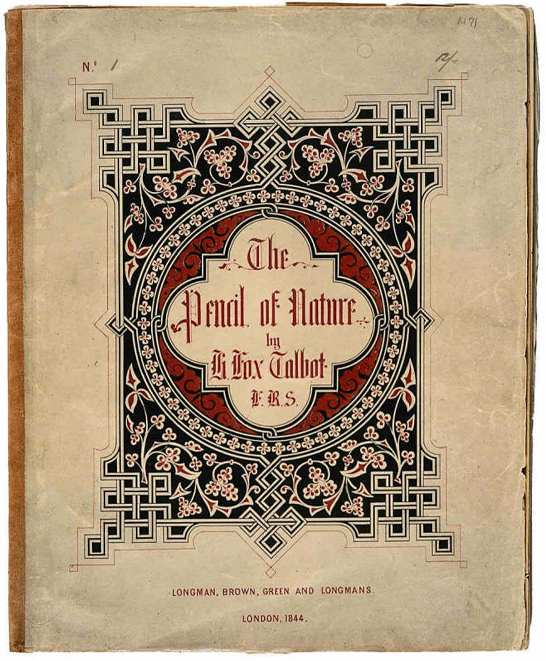
Its significance to the history of photography has been compared to that of the Gutenberg Bible in printing. Indeed, until recently, surviving complete copies were thought to be rarer than Gutenberg Bibles.
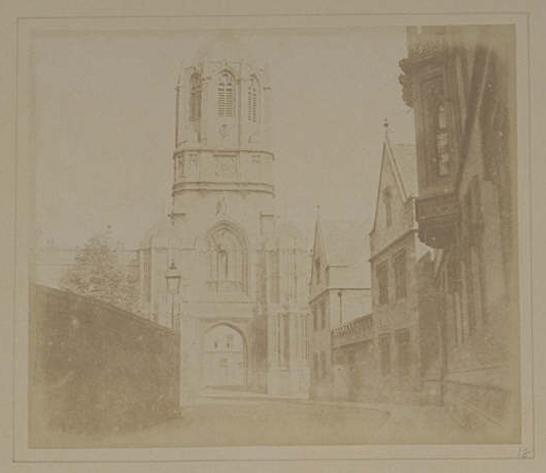
Fortunately, that has been shown not to be the case. However, while the exact number of copies produced isn’t known with certainty, surviving records indicate that the potential number of complete examples is probably less than 50, three of which are now in our collection.
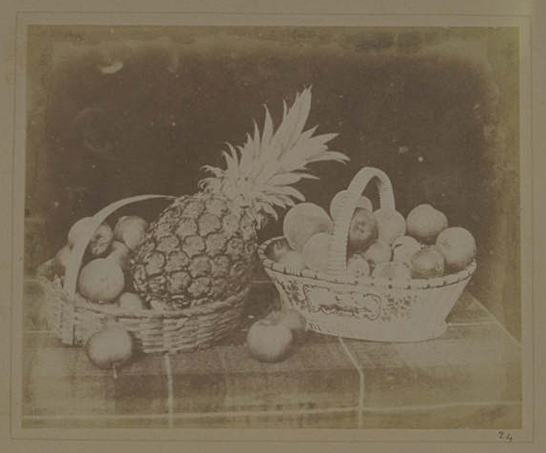
The Pencil of Nature is more than simply a ‘picture book’. It is a manifesto for photography, a polemic, an advertisement, a bid for posterity, a chronicle of the past and a vision of the future. Above all, it is testament to the creativity, imagination and vision of a remarkable man—its author and illustrator, William Henry Fox Talbot, the ‘father of photography’.
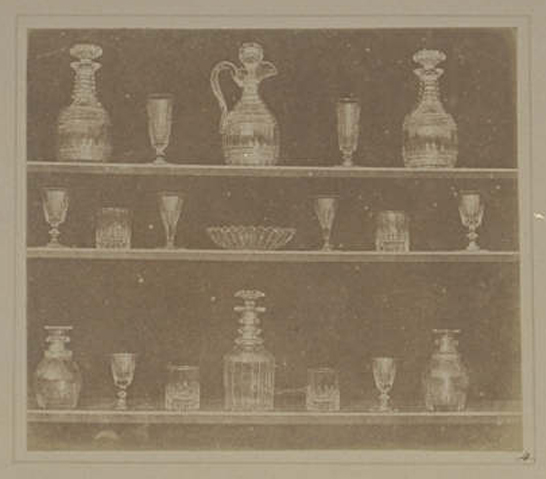
As originally conceived, The Pencil of Nature was to be issued in 10 or 12 monthly parts, each containing 5 photographs—printed, trimmed and pasted onto the pages by hand. In the end, however, this projection proved to be overly ambitious.
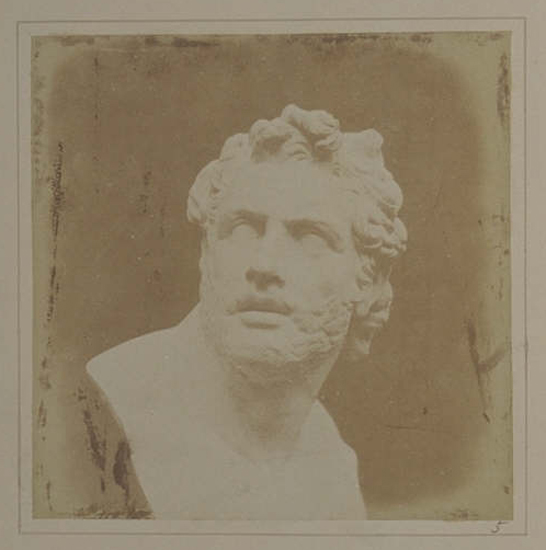
Dwindling sales combined with production problems meant that publication came to a premature halt in April 1846, by which time only six parts, containing a total of 24 plates, had been issued.
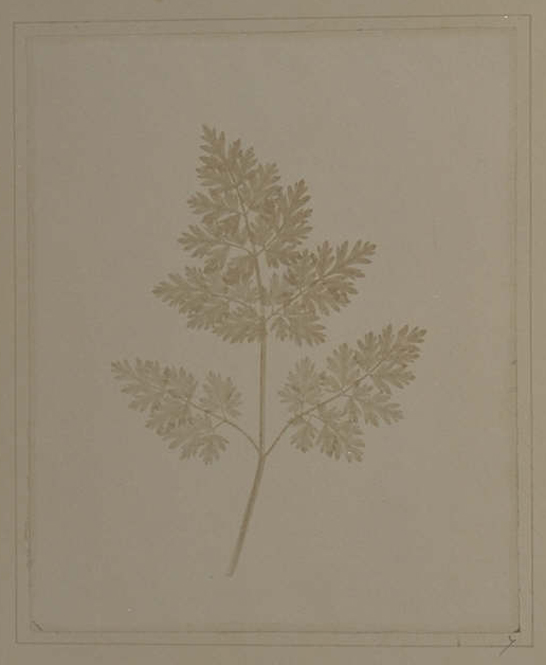
Talbot’s selection of images was eclectic and intended to show photography’s current capability and future potential through a wide range of subjects and applications. To accompany each plate there is a short piece of text, written by Talbot in a lively, conversational style, highlighting the particular point he wished to make.
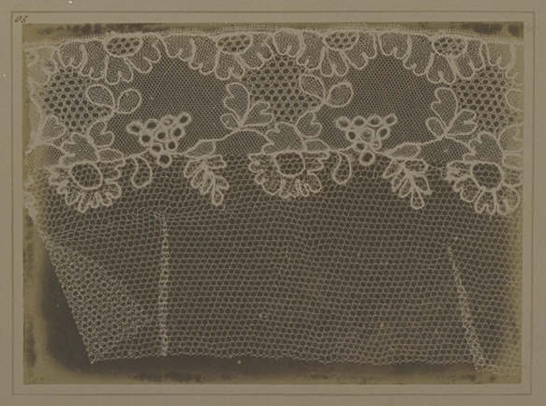
The Pencil of Nature constituted the first opportunity that most people had of seeing exactly what a photograph looked like. Such was the novelty of photography, a paper slip was inserted into copies to remind readers that the plates they were viewing were actual photographs, ‘impressed by the agency of light alone’, rather than engravings.
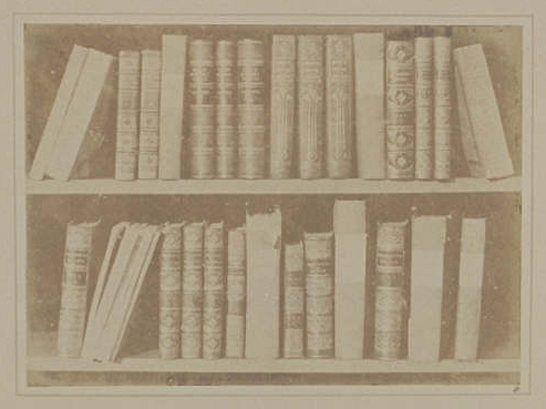
Talbot once described the invention of photography as ‘a little bit of magic realised’. In 1845, in a similar vein, the Athenaeum, in its review of The Pencil of Nature, described it as ‘a wonderful illustration of modern necromancy’ and wondered at the fact that ‘photography has already enabled us to hand down to future ages a picture of the sunshine of yesterday, or a memorial of the haze of to-day’.
Today, through the magic of photography, The Pencil of Nature still provides us with a picture of the sunshine of the 1840s.
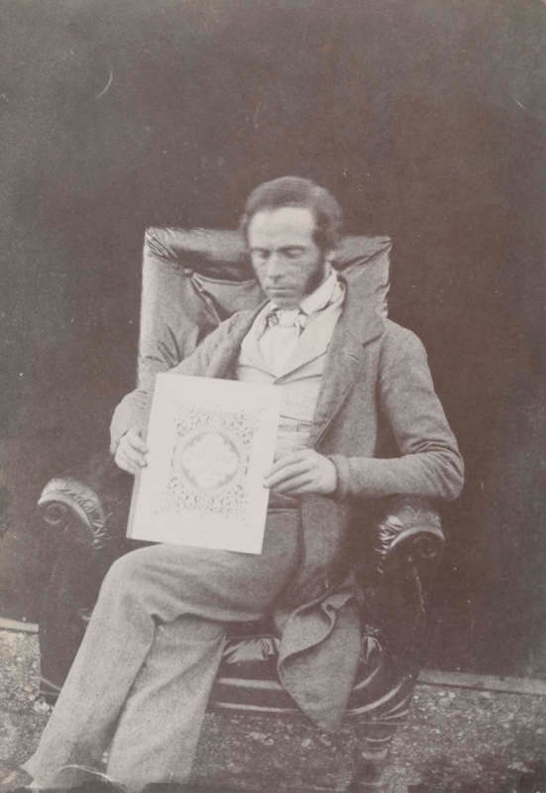
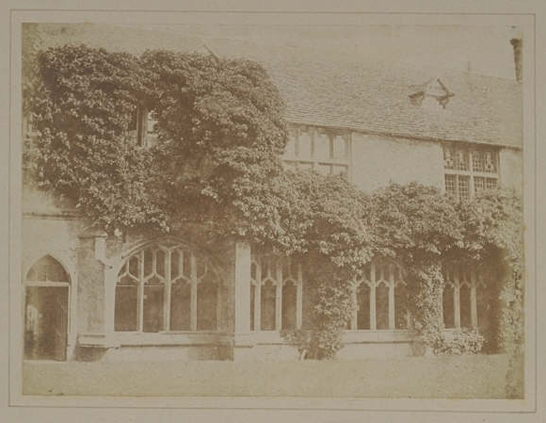
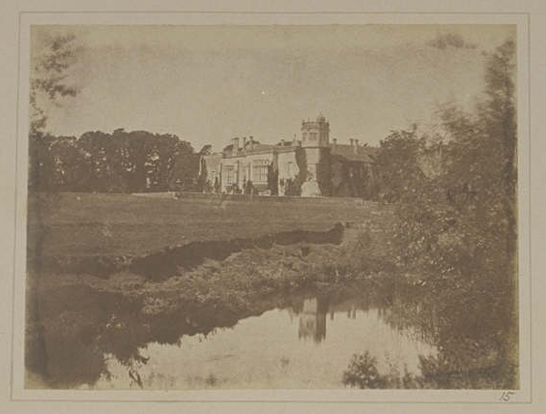
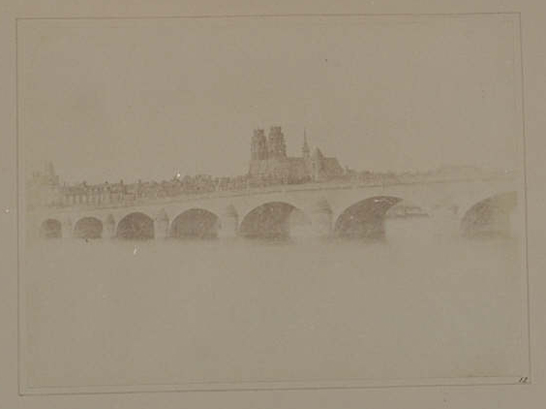
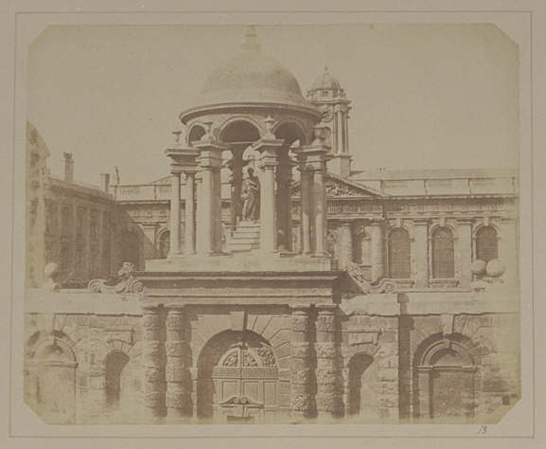
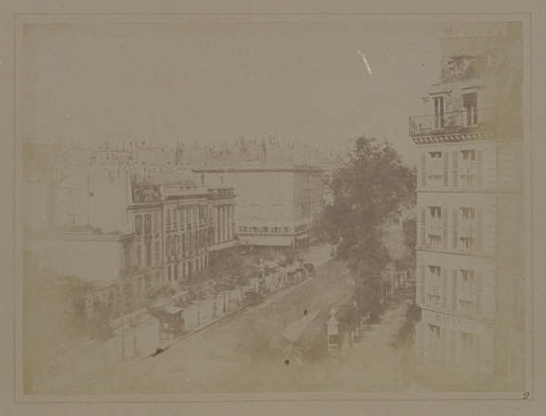
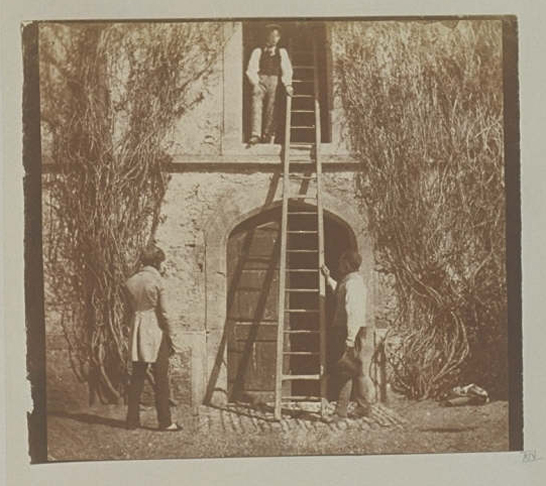
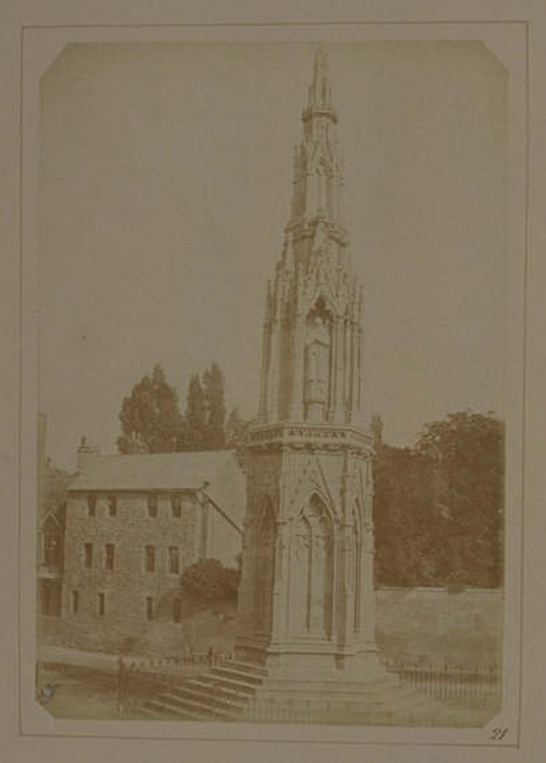
Further reading and interesting links
- Download a copy of the book
- Glasgow University Library Special Collections Department Book of the Month: The Pencil of Nature
- The history of photography in pictures
- Armstrong, Carol, Scenes in a Library: Reading the Photograph in the Book, 1843–1875, Cambridge, MA: MIT Press, 1998
- Arnold, H.J.P., William Henry Fox Talbot: Pioneer of Photography and Man of Science, London: Hutchinson, 1977
- Batchen, Geoffrey, William Henry Fox Talbot, London: Phaidon Press, 2008
- Buckland, Gail, Fox Talbot and the Invention of Photography, Boston: David R. Godine, and London: Scolar Press, 1980
- Gray, Michael, Arthur Ollman and Carol McCusker, First Photographs: William Henry Fox Talbot and the Birth of Photography, New York: Powerhouse, 2002 (exhibition catalogue: Museum of Photographic Arts, San Diego)
- Harding, Colin (Introduction), The Pencil of Nature: Facsimile edition, London and Chicago, KWS Publishers, 2011
- Jammes, André, William H. Fox Talbot: Inventor of the Negative–Positive Process, New York: Macmillan, 1973
- Lassam, Robert, Fox Talbot, Photographer, Tisbury, Wiltshire: Compton Press, 1979
- Roberts, Russell, Michael Gray and Anthony Burnett-Brown, Specimens and Marvels: William Henry Fox Talbot and the Invention of Photography, New York: Aperture, 2000
- Schaaf, Larry J., Introductory Volume, vol. 1 of H. Fox Talbot’s The Pencil of Nature: Anniversary Facsimile, New York: Hans P. Kraus, Jr., 1989
- Schaaf, Larry J., Out of the Shadows: Hershel, Talbot, and the Invention of Photography, New Haven and London: Yale University Press, 1992
- Schaaf, Larry J., Records of the Dawn of Photography: Talbot’s Notebooks P & Q, Cambridge: Cambridge University Press, 1996
- Schaaf, Larry J., The Photographic Art of William Henry Fox Talbot, Princeton, NJ: Princeton University Press, 2000
- Schaaf, Larry J., In Focus: William Henry Fox Talbot: Photographs from the J. Paul Getty Museum, Los Angeles: J. Paul Getty Museum, 2002
- Taylor, Roger, Impressed by Light: British Photographs from Paper Negatives, 1840–1860, biographical dictionary by Larry J. Schaaf and Taylor, New Haven and London: Yale University Press, 2007 (exhibition catalogue: Metropolitan Museum of Art, New York)
- The Pencil of Nature, introduction by Beaumont Newhall, New York: Da Capo Press, 1969
- Thomas, D. B., The First Negatives: An Account of the Discovery and Early Use of the Negative–Positive Photographic Process, London: HMSO–Science Museum, 1964
- Ward, John and Sara Stevenson, Printed Light: The Scientific Art of William Henry Fox Talbot and David Octavius Hill with Robert Adamson, Edinburgh: Scottish National Portrait Gallery, 1986 (exhibition catalogue)
- Ware, Mike, Mechanisms of Image Deterioration in Early Photographs: The Sensitivity to Light of W.H.F. Talbot’s Halide-Fixed Images 1834–1844, London: Science Museum–National Museum of Photography, Film and Television, 1994
- Weaver, Mike (editor), Henry Fox Talbot: Selected Texts and Bibliography, Oxford: Clio, 1992; Boston: G.K. Hall, 1993
For an extensive bibliography, see Weaver pp. 137–79.
Wonderful post, thanks for the info and sharing it!!
Reblogged this on Hunting and Gathering and commented:
Here is a wonderful post by The National Media Museum on Fox Talbot’s “The Pencil of Nature,” the first commercially published book to be illustrated with photographs. It relates strongly to comments I made earlier in my 3/11/2014 post on e-books available on the history of photography. Enjoy this interesting post.